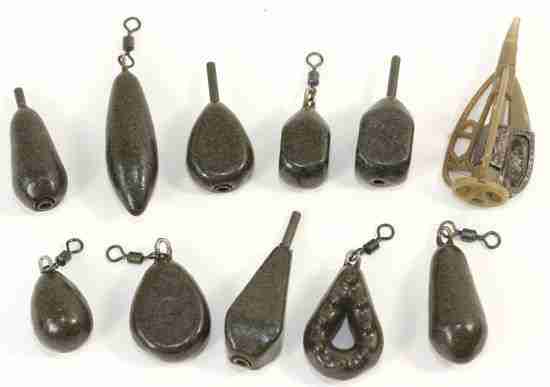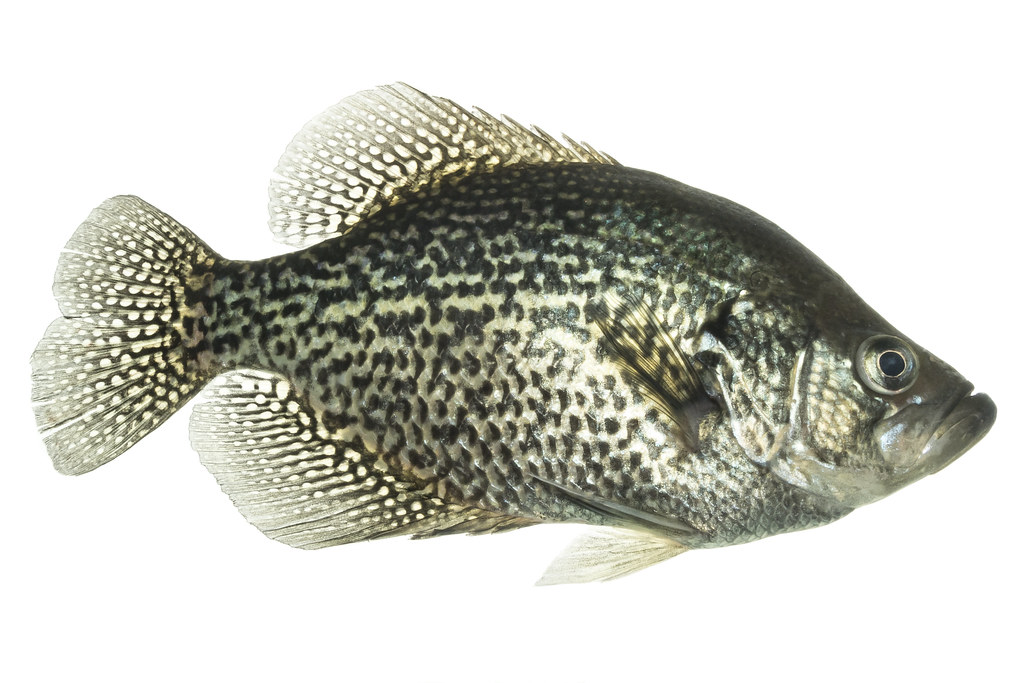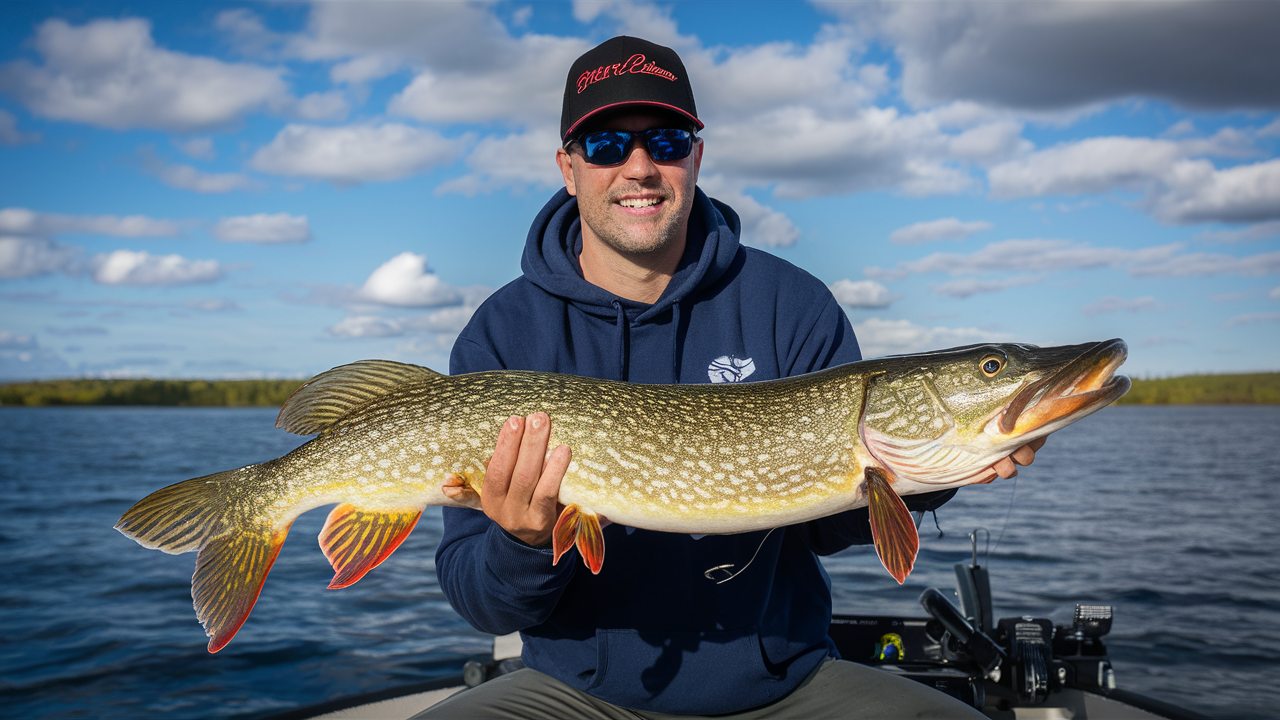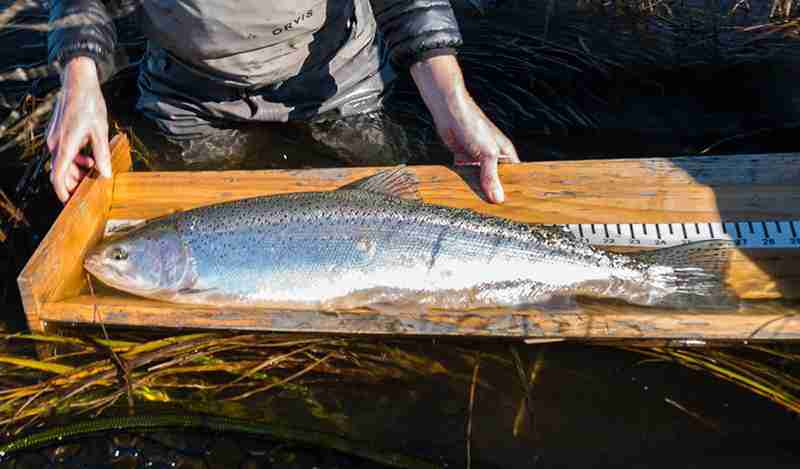
How Do You Measure Your Catch

5 min read
When it comes to fishing, capturing and measuring your catch is an essential part of the sport. Whether you’re fishing for fun or participating in a tournament, knowing how to accurately measure your catch is crucial. In this blog post, we’ll provide you with a step-by-step guide on how to measure your catch properly.
So, let’s dive in!
How to Measure Your Catch
There are several methods to measure your catch while fishing. Here are the commonly used techniques:
-
Length Measurement: Use a ruler or measuring tape to measure the length of the fish. This is done by placing the measuring tool at the tip of the snout and extending it to the posterior end of the fish’s middle caudal rays.
-
Weight Measurement: Utilize a scale to weigh the fish. A fishing scale allows you to determine the weight of your catch accurately. Ensure that the scale is properly calibrated and follow the manufacturer’s instructions for accurate readings.
-
Girth Measurement: Measure the girth of the fish by wrapping a tape measure or a cloth measuring tape around the thickest part of the fish’s body. This can provide valuable information about the fish’s size and overall health.
Tape Measure for Measuring Your Catch
A tape measure is a measuring tool consisting of a ribbon of cloth, plastic, metal, or fiberglass with linear-measure markings. It is widely used in construction and carpentry for measuring dimensions and distances accurately.
Using a tape measure is essential for anglers to measure the length of their catch accurately. By understanding and applying standardized measurement terms such as Standard Length, anglers can gather data for research, monitoring, size regulation compliance, and personal documentation purposes.
Remember to handle the fish with care during the measuring process and return it safely to the water after recording the measurements. Happy fishing!
Definition of Terms for Measuring Your Catch
-
Standard Length (SL): The length of a fish measured from the tip of the snout to the posterior end of the last vertebra or to the posterior end of the mediolateral part of the hypural plate. This measurement excludes the length of the caudal (tail) fin.
-
Total Length (TL): The length of a fish measured from the tip of the snout to the tip of the longer lobe of the caudal fin. It is usually measured with the lobes compressed along the midline. TL is a straight-line measurement that does not follow the curve of the fish’s body.
-
Fork Length (FL): The length of a fish measured from the tip of the snout to the end of the middle rays of the caudal (tail) fin. It is used for fish species where it is difficult to determine where the spine ends.
Tape Measure for Measuring Your Catch
A tape measure is a measuring tool that consists of a ribbon made of cloth, plastic, metal, or fiberglass with linear measurement markings. It is commonly used in construction and carpentry to measure dimensions and distances accurately.
Using a tape measure is essential for anglers to measure the length of their catch accurately. By understanding and applying standardized measurement terms such as Standard Length, Total Length, and Fork Length, anglers can gather data for research, monitoring, size regulations compliance, and personal documentation purposes.
Remember to handle the fish with care during the measuring process and return it safely to the water after recording the measurements. Happy fishing!
Retractable Ruler, One Size, Multi to measure your catch
It’s ridiculously easy to use and especially easy to read. The numbers are giant! The tape itself is a rubber or blend of rubber and plastics and is incredibly durable and thick. The retractable spring for the tape is incredibly strong and retracts the tape at lightning speed, so watch your fingers!
I highly recommend this fish measuring tape for saltwater use or freshwater use. It’s worth the price tag.
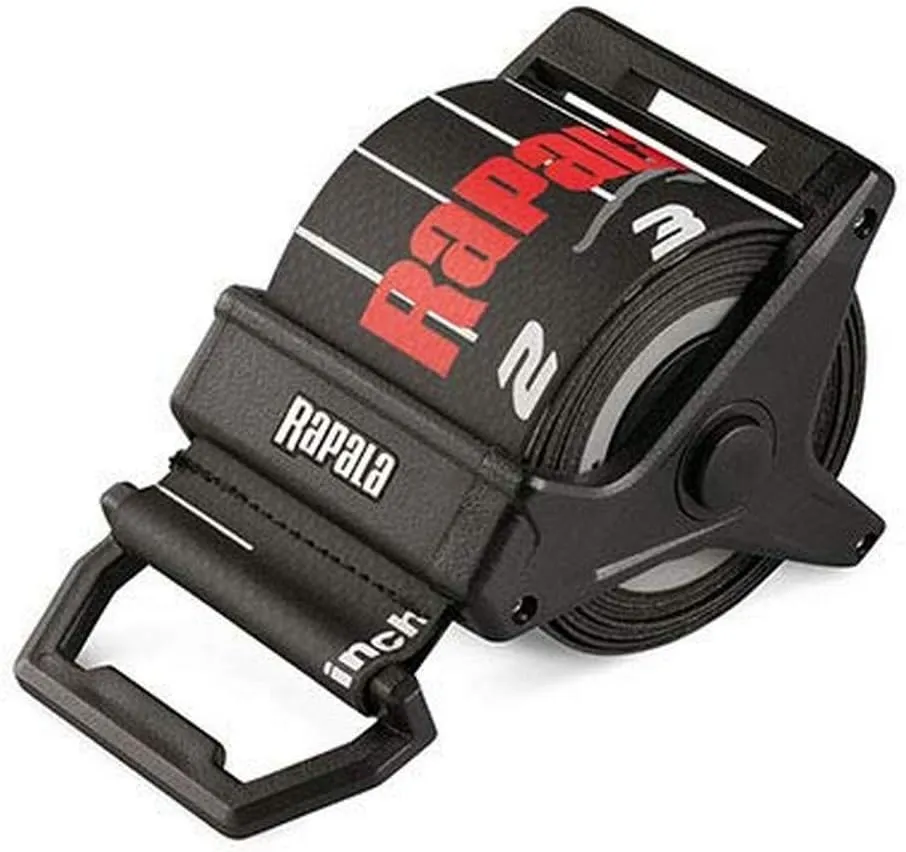
- Spring-loaded Retractable ruler for easy storage
- Oversized, easy-to-read numbers, in 1/2” Increments up to 60”
- Non-reflective surface ensures the length shows
1. Place the fish on its side with the jaw closed.
2. For soft-tailed fish, squeeze the tail fin together to obtain the maximum overall length.
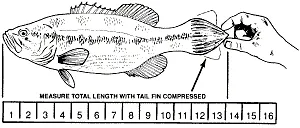
If you unintentionally take a fish (including fin fish or crustaceans) that is not the legal size or is unwanted, return it to the water immediately, taking as much care as possible to avoid causing injury to the fish.
Other measurements to measure your catch
Other measurements that can be taken include the lengths of various fins, the lengths of the fin bases, the length from the snout to various points on the body, and the diameter of the eye.
Standard Measurements
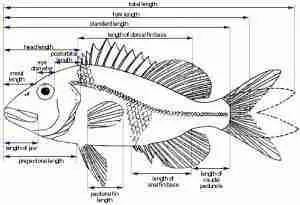
Great scales and a great price, the measuring tape is not really something I’d use but it is a good added bonus, my only grumble is as I use the scales for fishing when it comes to using pounds it’s just that pounds and not pounds, and ounces, so will read 10.5 pounds rather than 10 pounds 7 ounces, but other than that can’t fault them.
Conclusion
The most important thing when measuring your catch is to be as accurate as possible. There are a few different ways to measure your catch, but the most common method is to use a measuring tape. Measuring your catch with a tape measure is the best way to ensure that you are getting an accurate measurement.
